Capture the Moment!
Since 2013, I’ve published hundreds of blog posts on all aspects of photography. Some are aimed at helping photographers with their technique, settings, and equipment, but others describe my exhibitions, workshops, and adventures in Africa, Antarctica, and beyond.
Feel free to browse chronologically or click on the category heading above any post for specific content, such as Equipment, Trips or Hints and Tips.
If you’d like to write a guest post, please drop me a line at nick@nickdalephotography.com or on +44 7942 800921.
(Please note that some posts may contain affiliate links from which I can earn a small commission.)
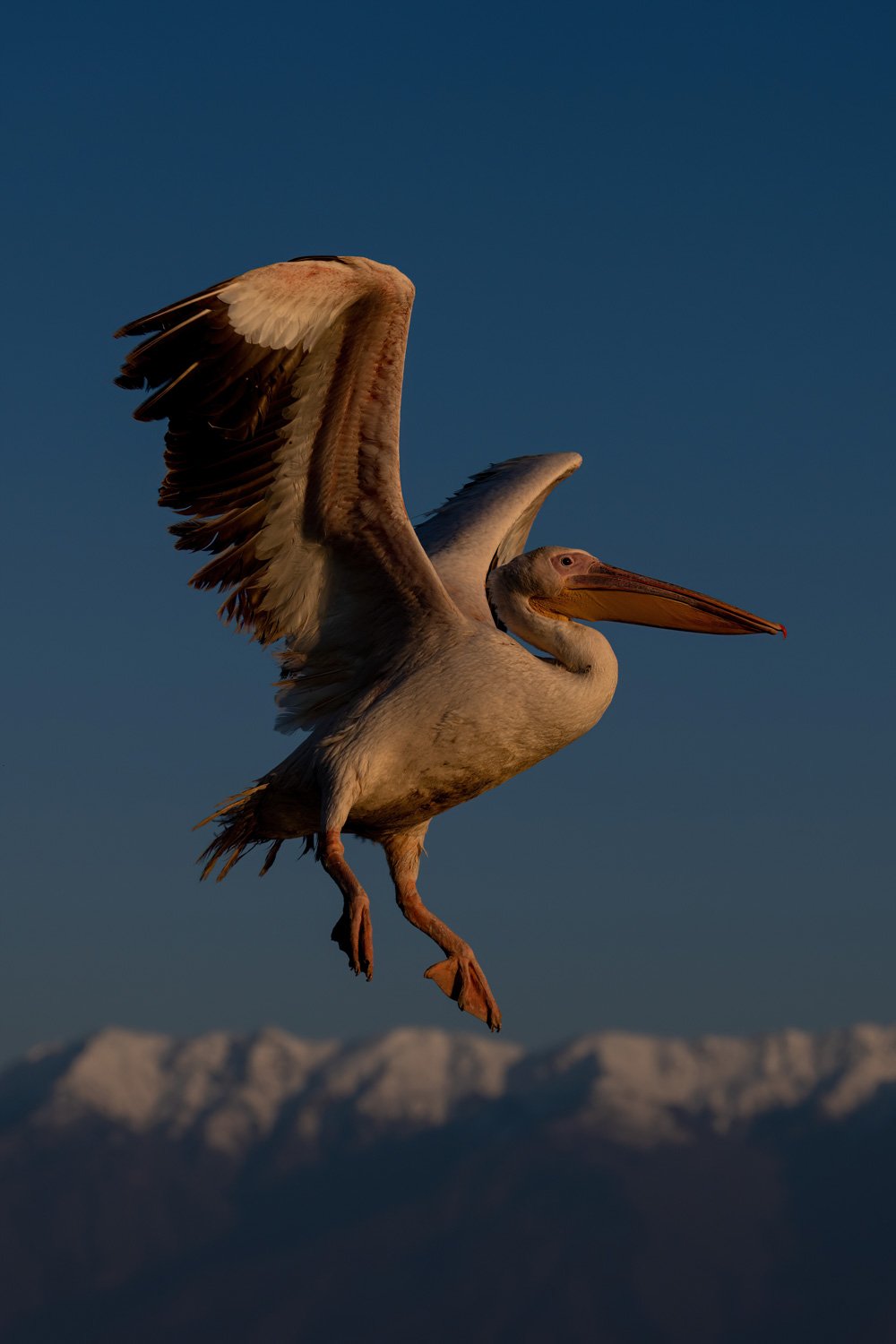
Pros and Cons of Using Auto ISO
Most of the amateur photographers I meet don’t use manual mode. They think it’s just too intimidating. However, you can make it a lot less scary by using auto ISO to control the exposure.
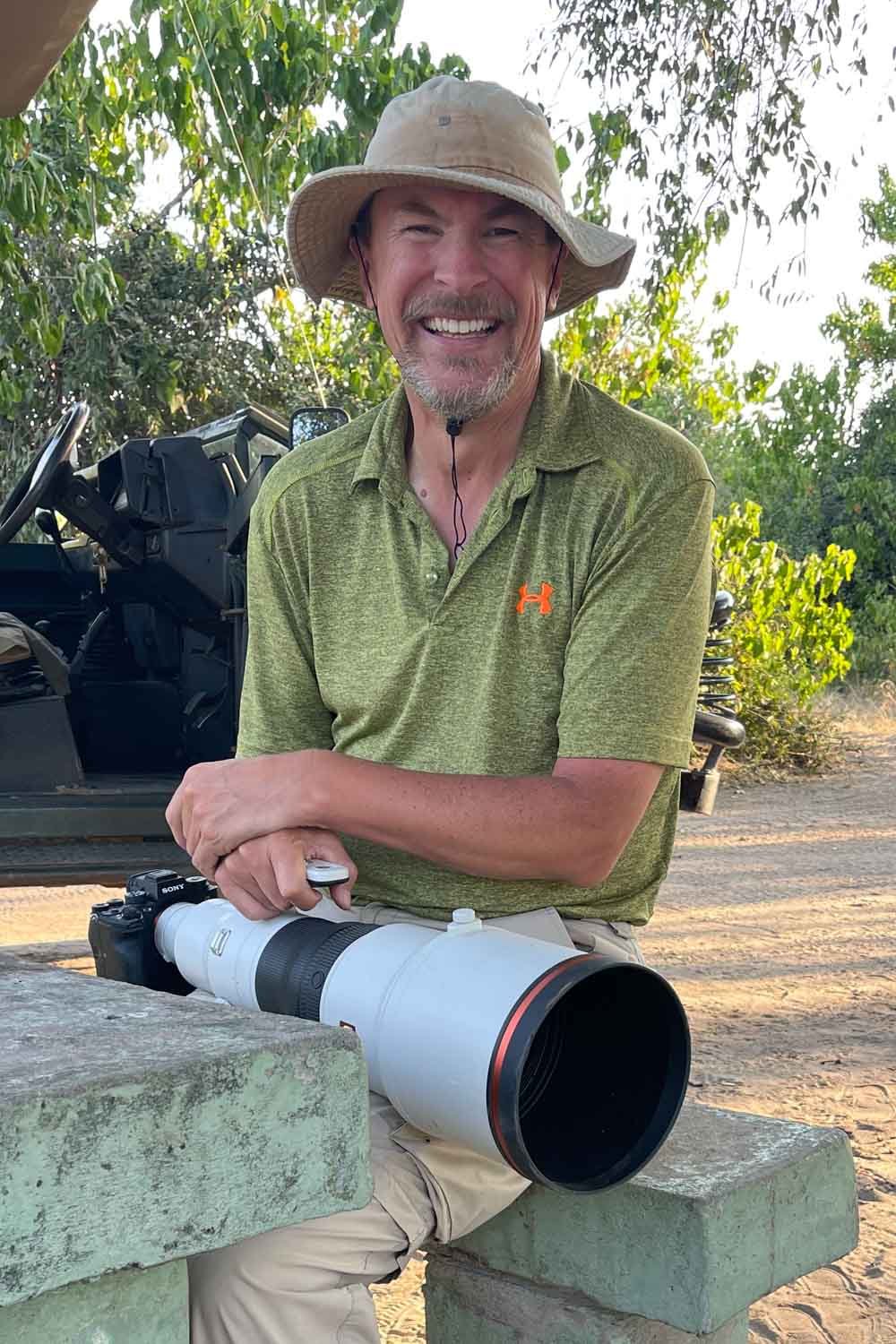
What Style of Photographer are you?
Every now and then, people tell me they recognise my photographic ‘style’, but I’m never sure what that means. I guess I just do what comes naturally, so it seems strange to think of myself as having a particular ‘style’, but I guess I do.
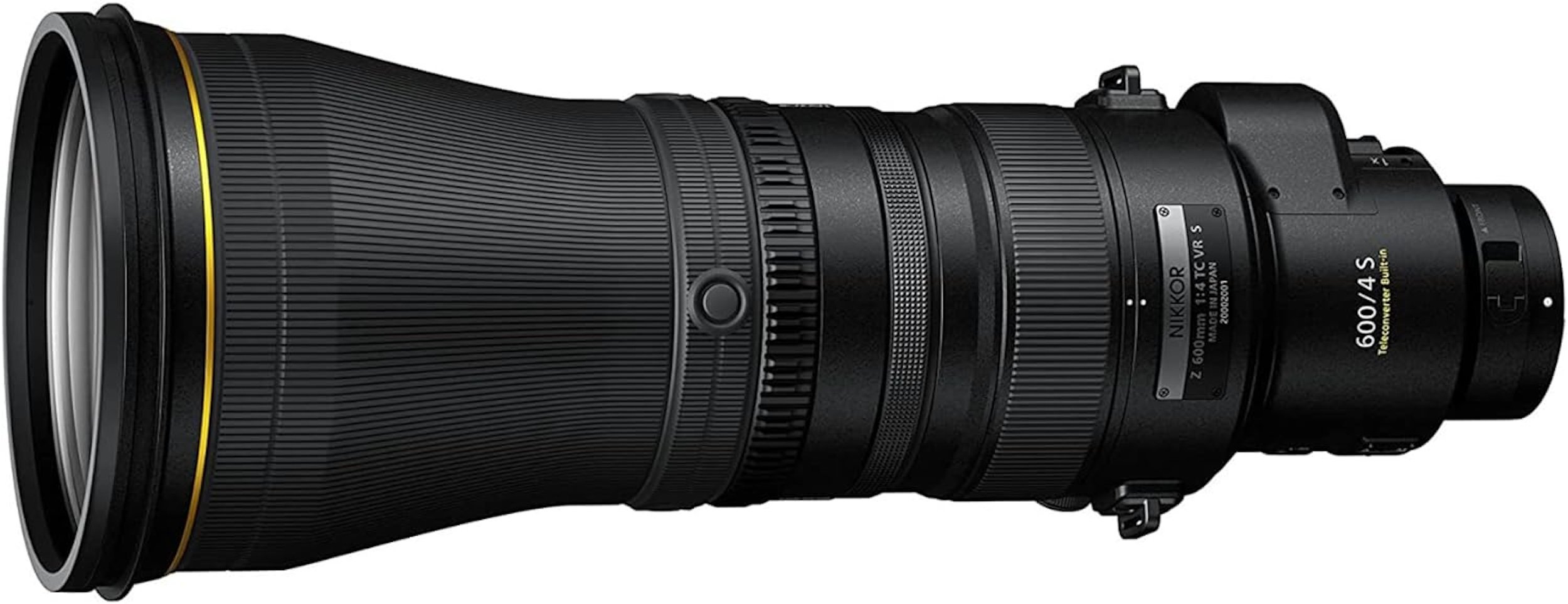
What Lenses do you Need for Wildlife Photography?
Size isn’t everything, as they say, but there’s nothing like the power, reach and feel of a long lens. It gets you where the action is and lets you take close-ups of skittish and possibly dangerous wild animals. You still need other types of lenses, of course, but they’re far less glamorous!
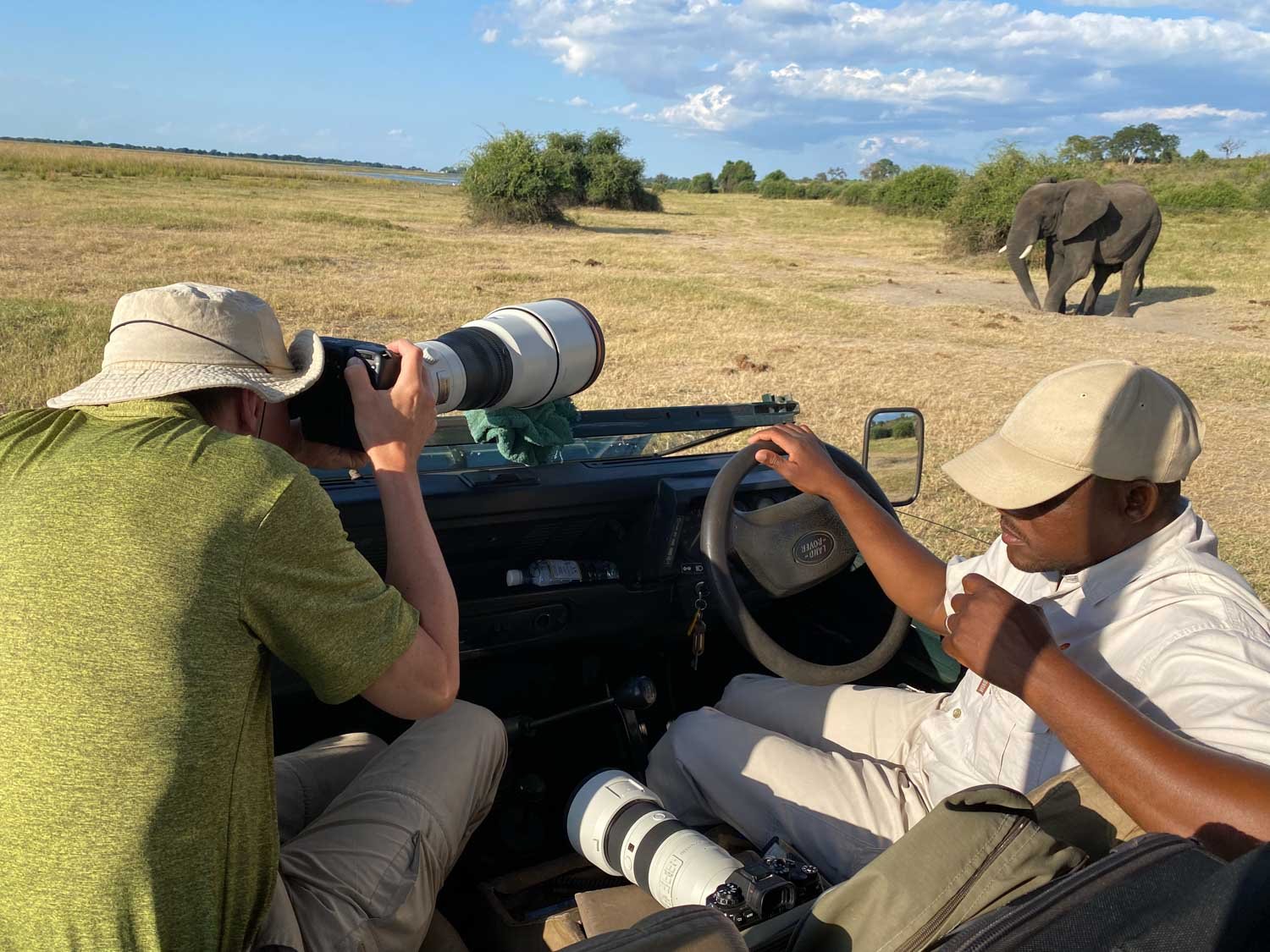
What Camera do you Need for Wildlife Photography?
“Hello, my name’s Nick, and I’m a cameraholic.”
There’s something very addictive about buying a new camera. You get obsessed with the idea of owning something that has the latest features, and you simply have to have it…!

Quiz: Never Have I Ever...
What level of wildlife photographer are you? Are you a beginner, intermediate, enthusiast, prosumer, professional—or something else entirely…?!
Here’s a fun quiz to see where you fit. It’s out of 100. Score a point for everything you’ve ever done, add up your points and check the table at the end to see what kind of photographer you really are!
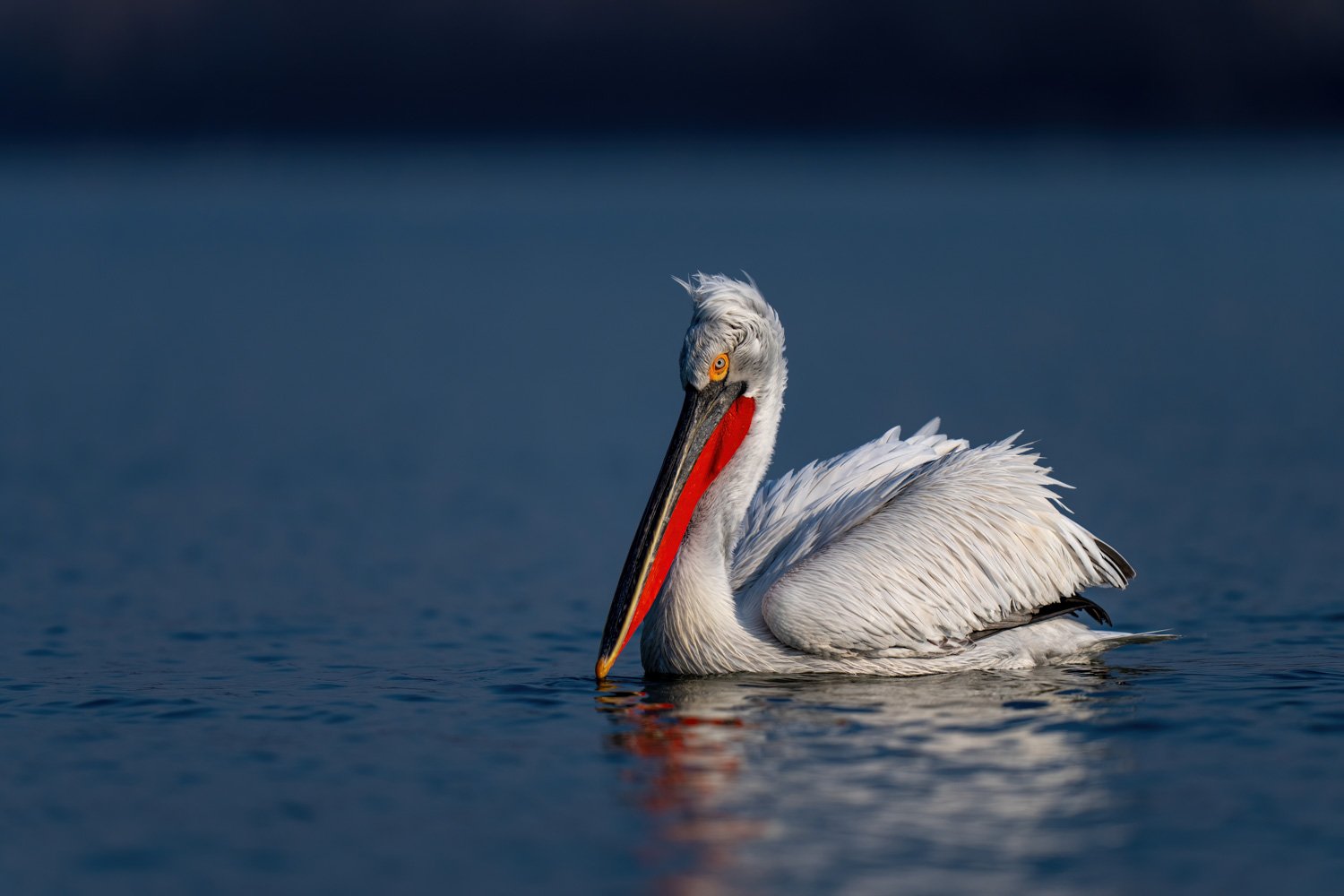
Lake Kerkini
I’ve just come back from a five-day visit to Lake Kerkini in Greece to photograph the Dalmatian pelicans. I usually prefer the Big Five to birds, so it wasn’t my normal sort of trip, but it was good fun, and I was happy with my pictures—and that’s the main thing!
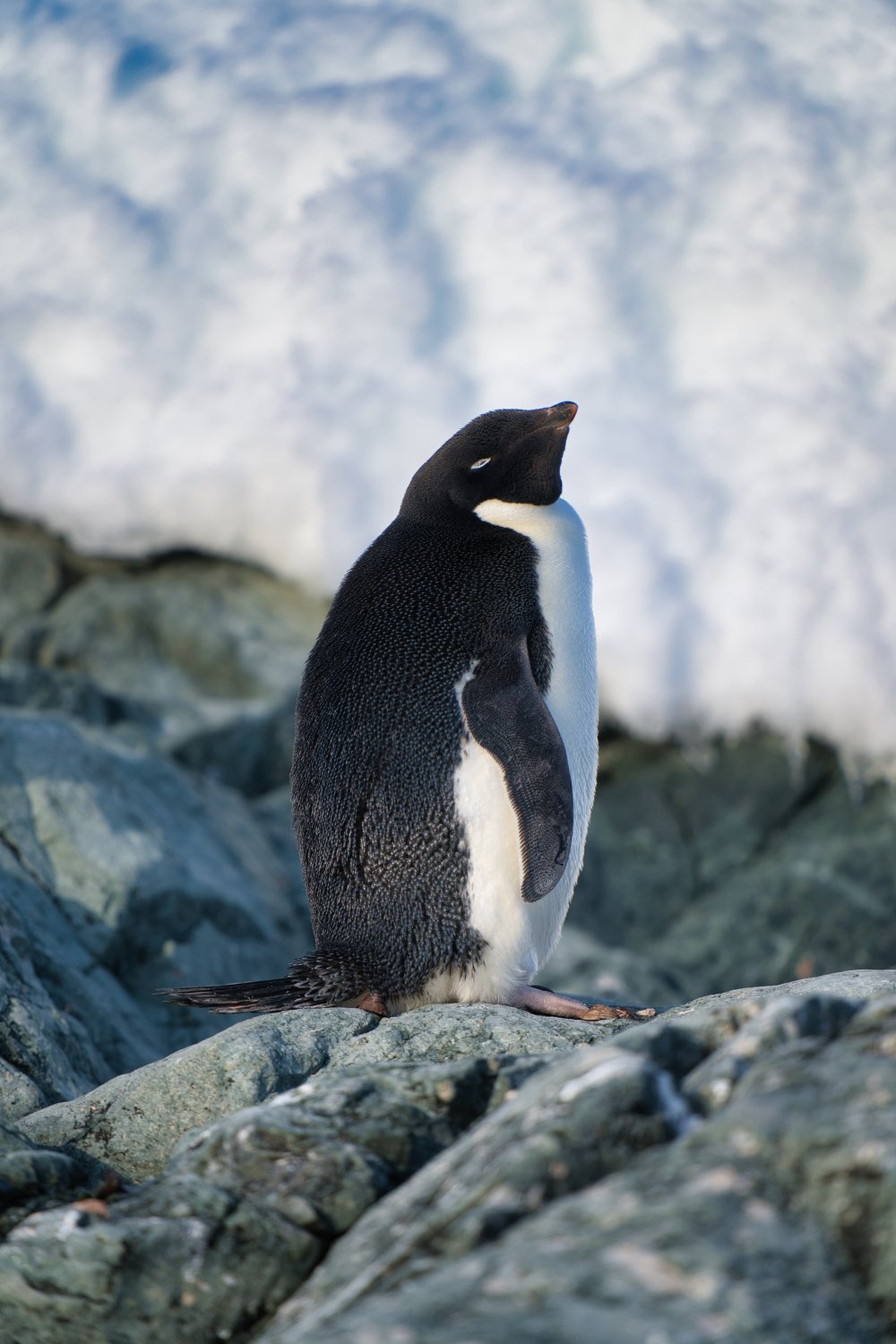
First Impressions of Luminar Neo
I recently became an affiliate for Skylum’s Luminar Neo. This is post-processing software similar to Lightroom, and I thought I’d try it out to see what it was like.
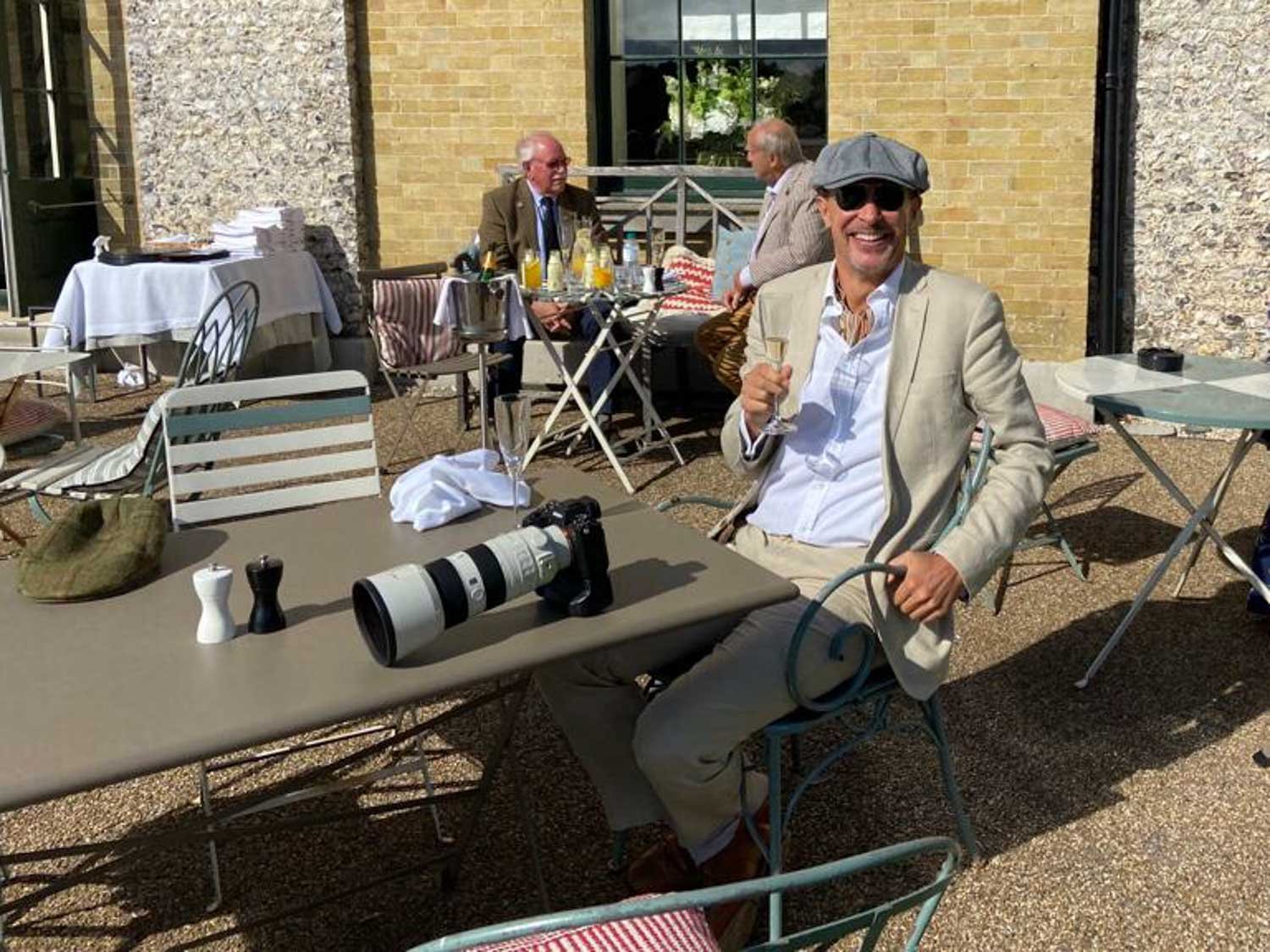
What Should Wildlife Photographers do Between Trips?
Matt Kloskowski once said there was no such thing as a professional wildlife photographer. That’s not quite true, but it is very hard to make a full-time living from it. So what are you supposed to do when you’re not on a shoot?
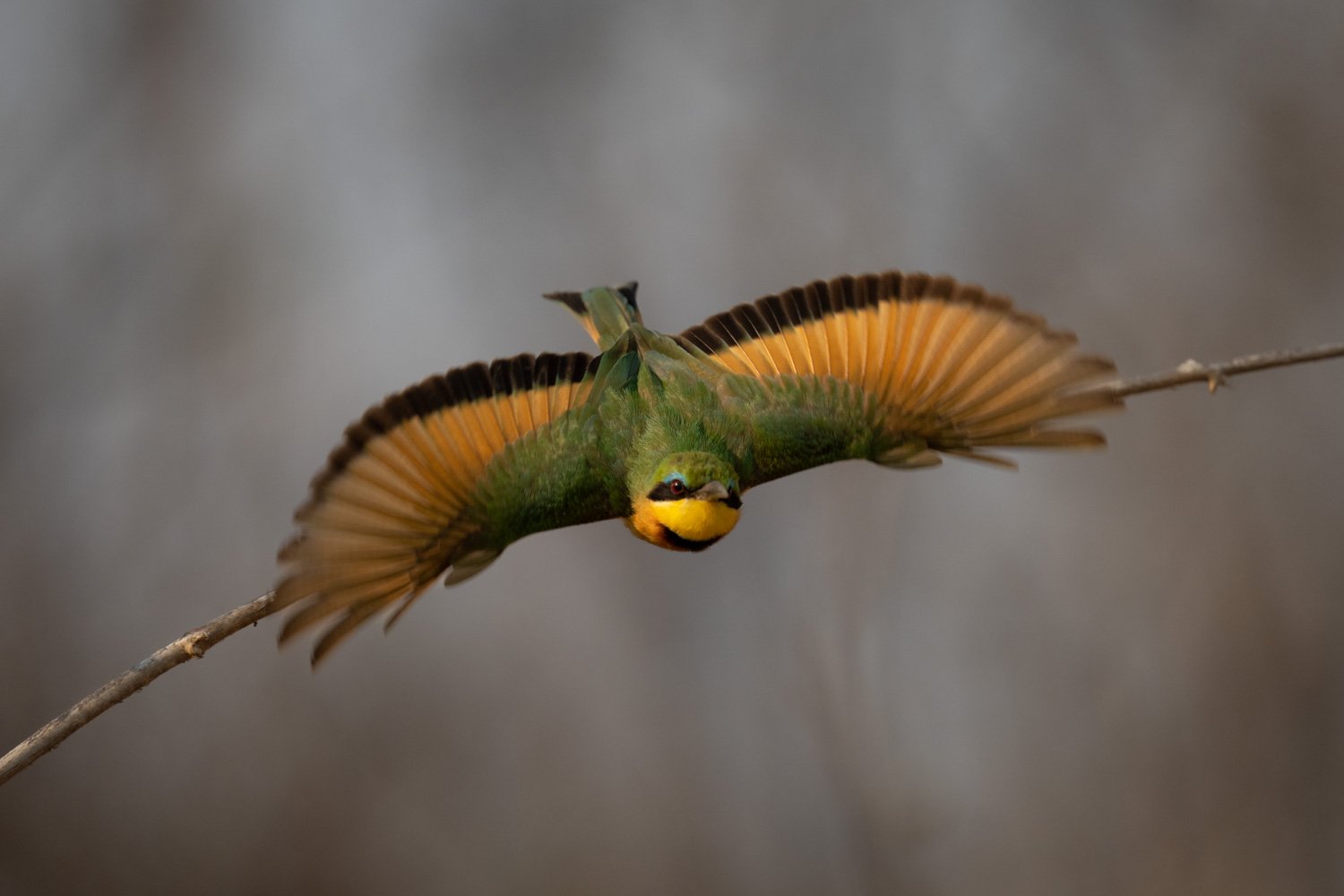
A Lightroom Trick to Separate Subject from Background
Photographs are flat, 2D images, but how can you make them appear three-dimensional? Inspired by a couple of videos by Matt Kloskowski and Steve Perry, here are a few Lightroom tricks to create depth by separating your subject from the background.
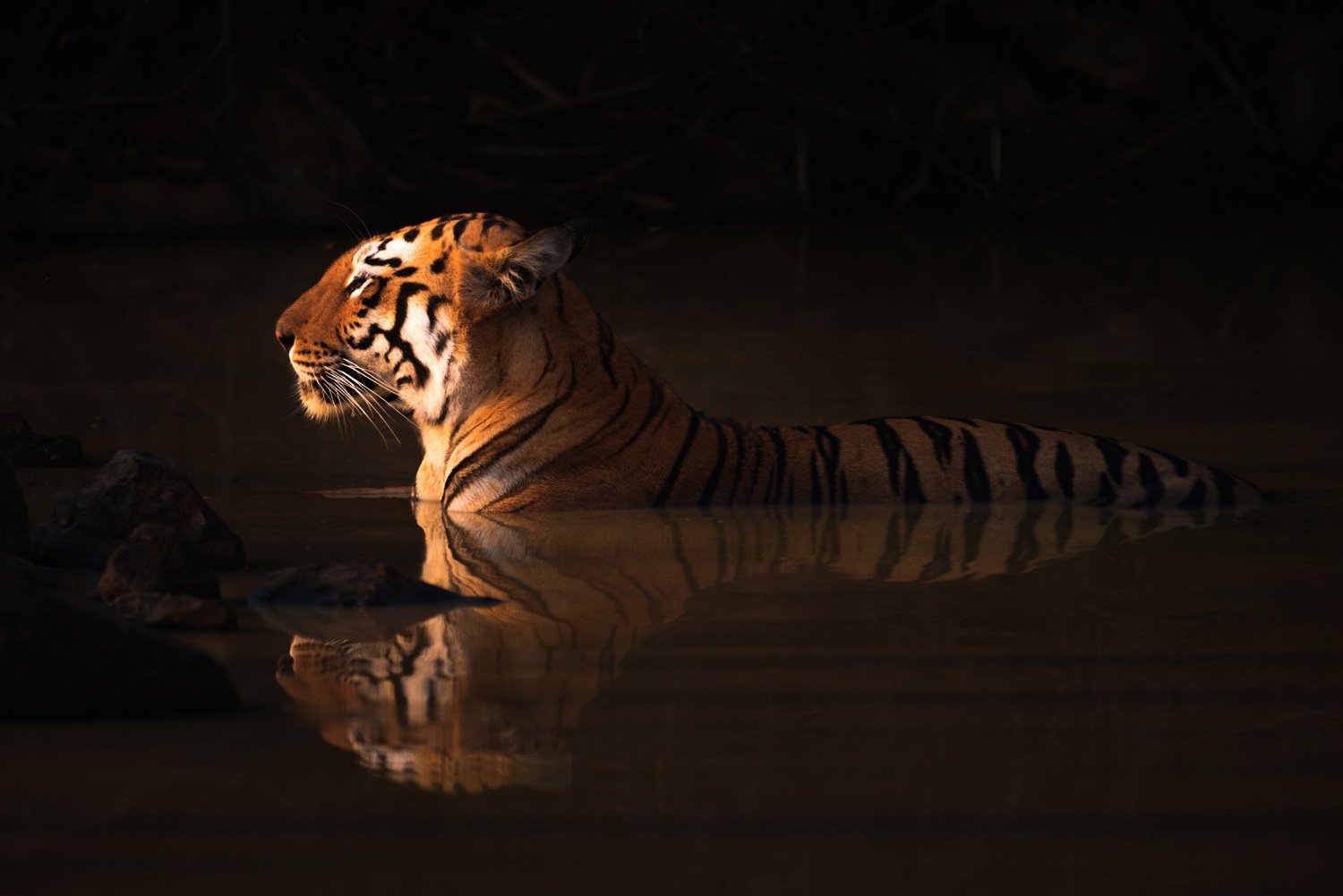
Where Next in 2023...?
I had quite a quiet 2022 in terms of trips, but I’d like to go on a few more this year. Visiting Muchenje a couple of times was very enjoyable, but I’m looking for a bit more variety. I already have two trips planned, one to Kerkini in Greece to see the Dalmation pelicans and one to Bandhavgarh in India to see the tigers, and there might be more on the way. We shall see.
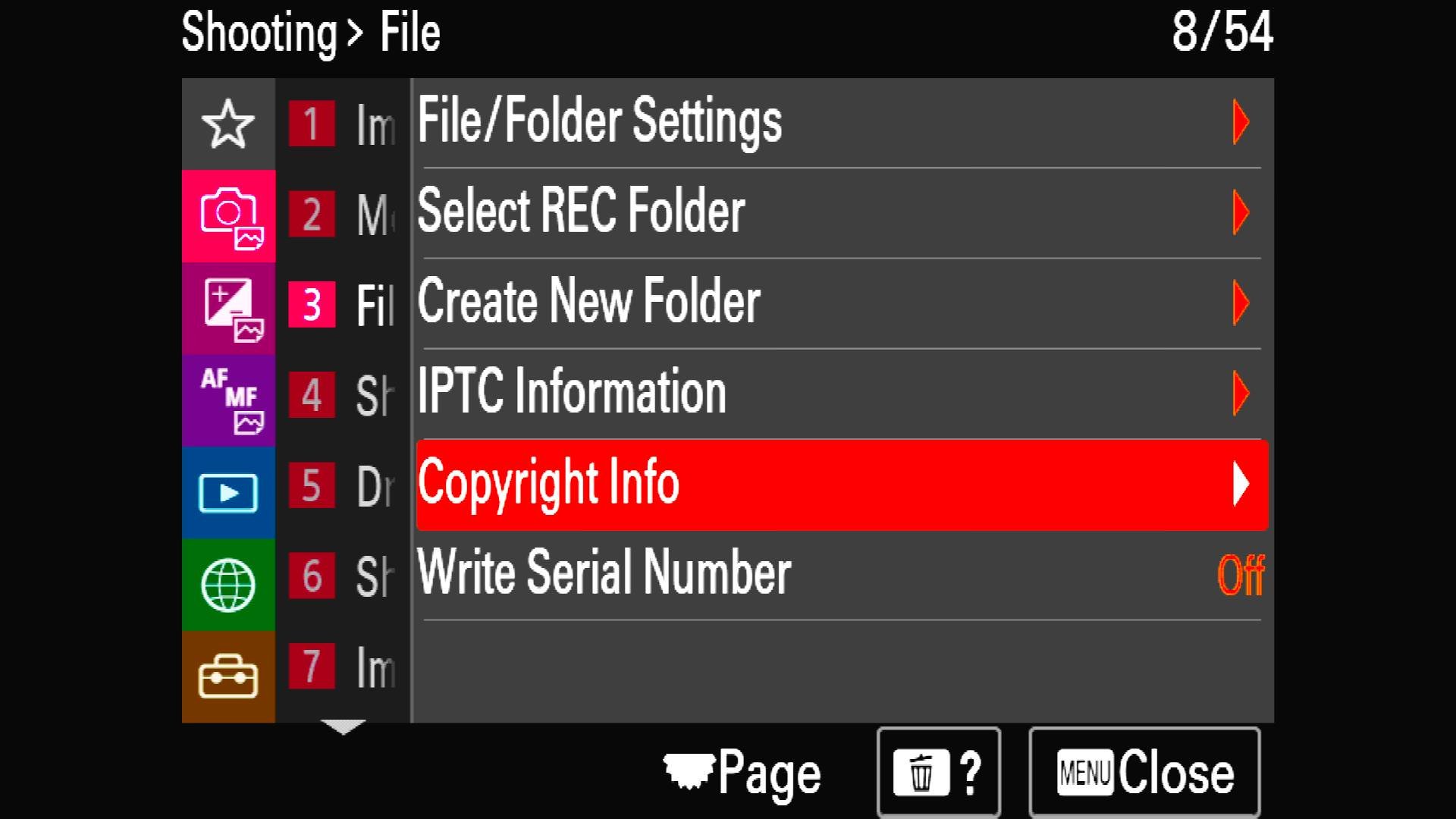
Update Your Metadata!
I’ve decided to use my first blog post of 2023 to be a nag! Apologies in advance, but I just thought it was worth reminding you to keep your metadata up-to-date. Not everyone is going to be as OCD as I am, but that’s as good a reason as any for this article…
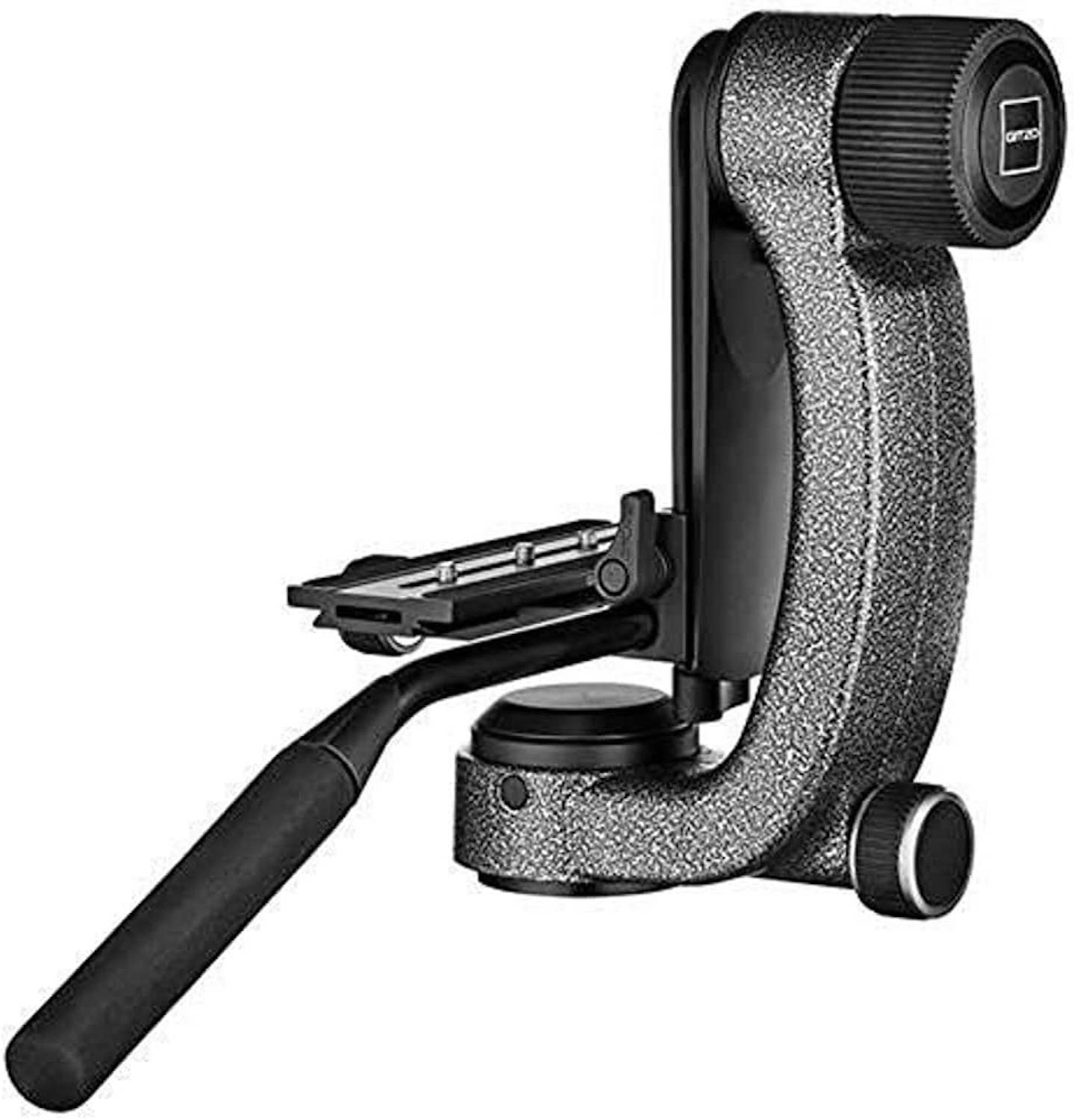
Which Tripod Head Should I Buy?
I used to have a Benro GH5C gimbal head, but I swapped it for a Gitzo GHFG1. If you want to find out why, read on…
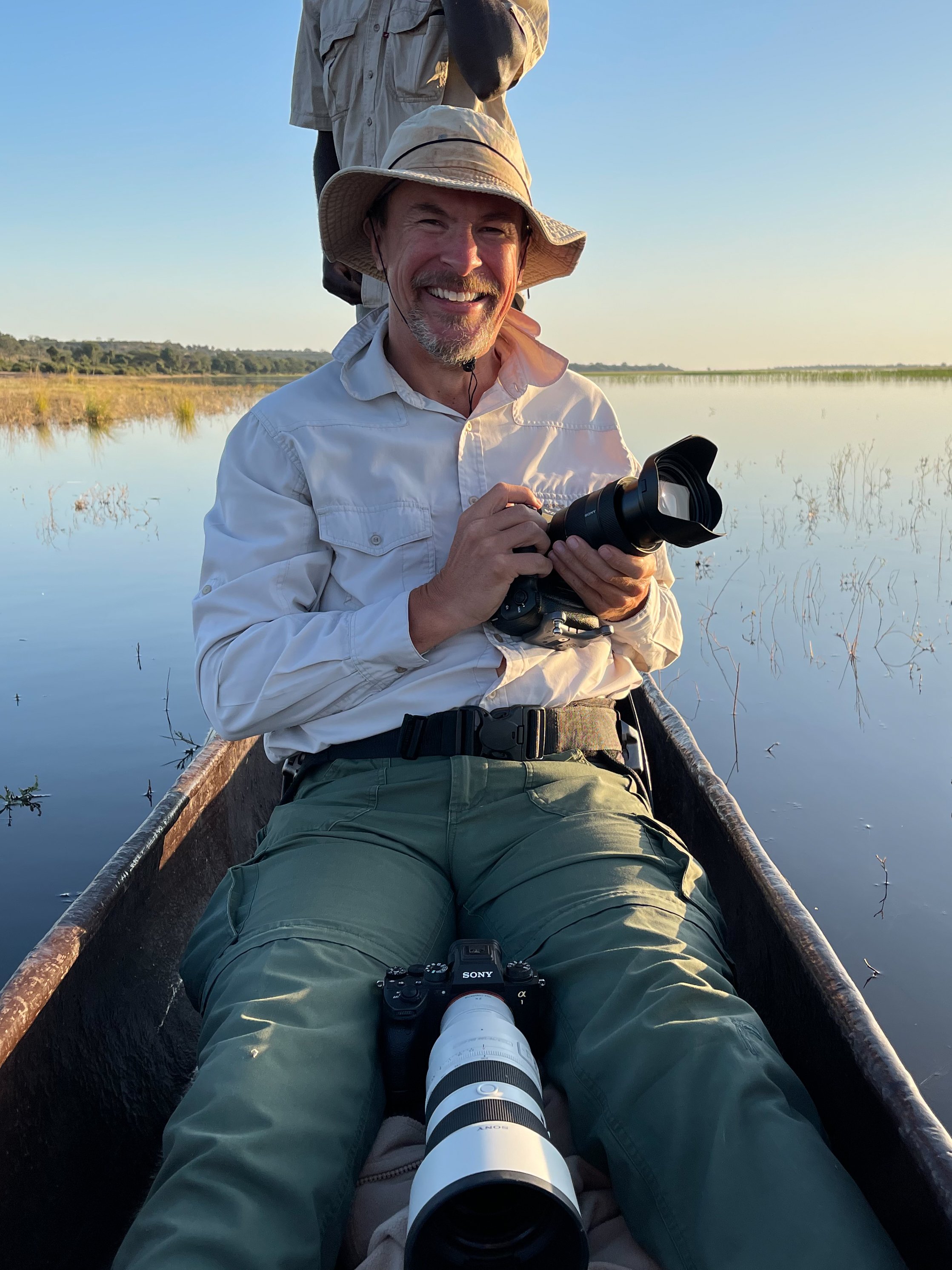
2022: I had a Lodge in Africa...
This is my last blog post of 2022, so I thought I'd give you a quick recap of what I got up to during the last 12 months.
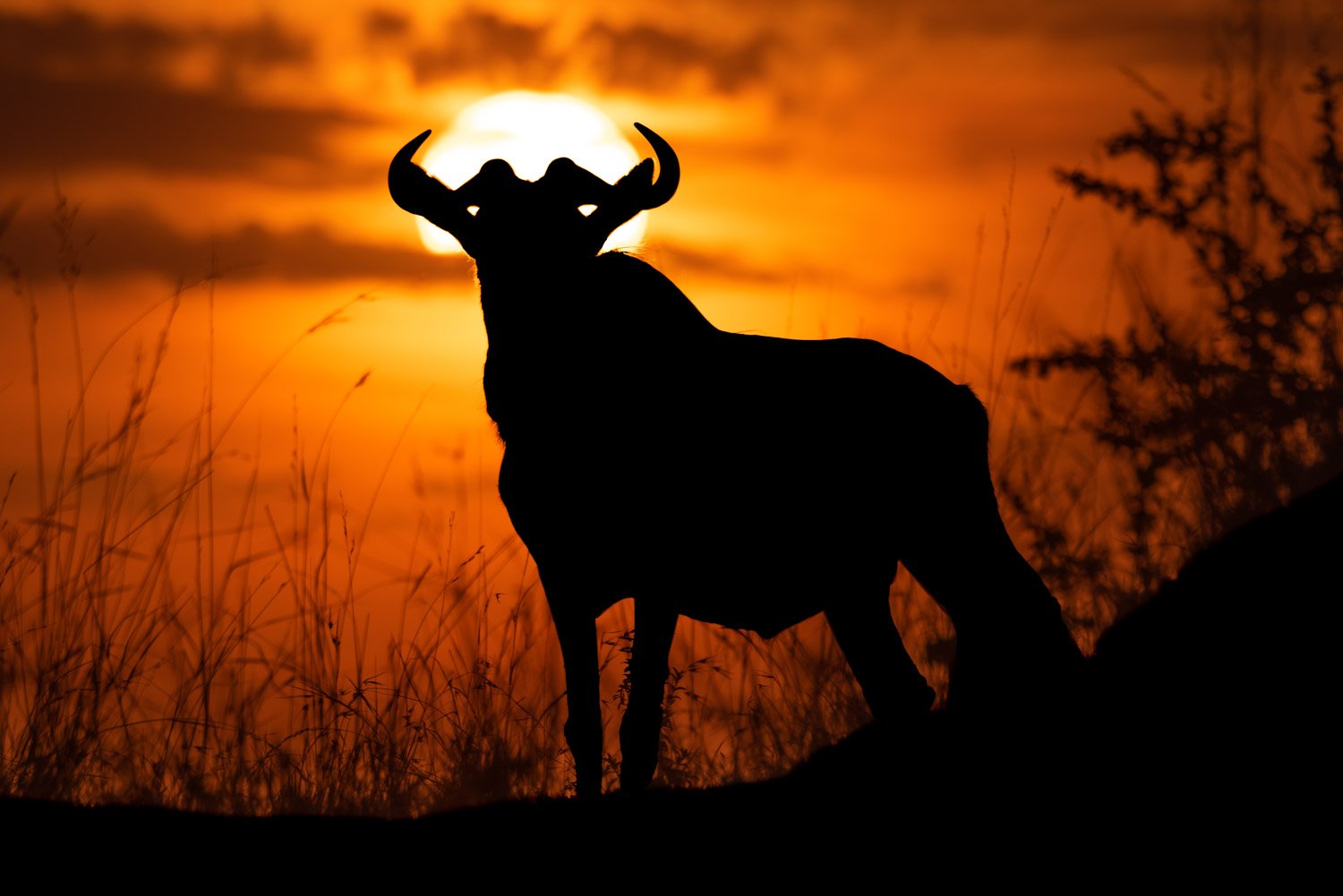
How to Take Backlit Shots
Sometimes as a photographer, you need to make a difficult decision: do you want to take a good shot or a great shot? There’s a big difference, and it affects your whole approach. Backlighting is a good example.
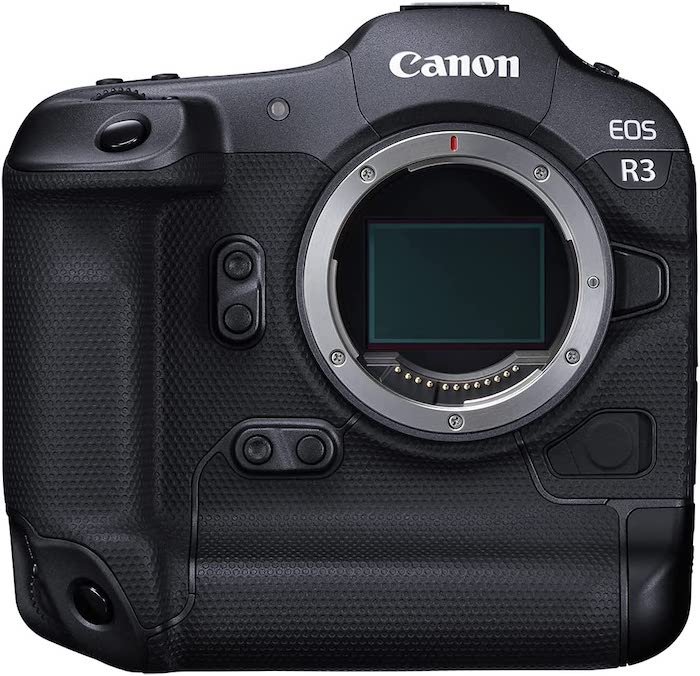
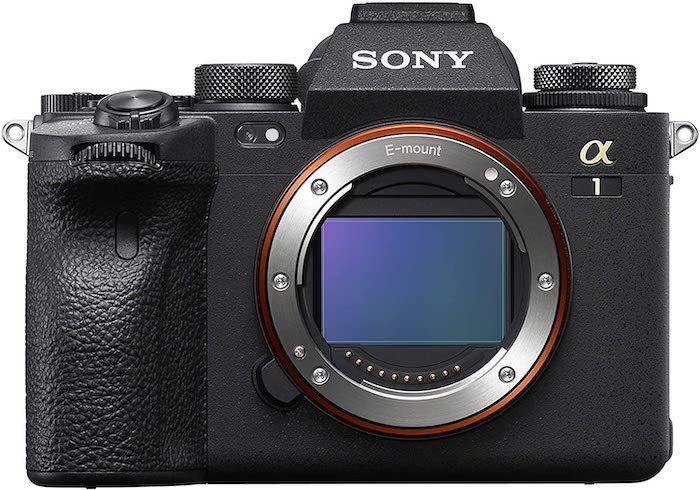
Mirrorless Shootout!
One of the great frustrations of owning a camera is that the different mounts aren’t compatible. You can’t simply buy the best camera body and the best lenses because they might not fit together!

Sony ⍺1 vs Nikon D850
If you’re a photographer thinking about switching to mirrorless, I just thought it might be useful to read about someone else’s experience doing the same thing. I used to have an extensive collection of Nikon camera bodies, lenses and accessories, including a D850. However, I switched to the Sony mirrorless system last year, and I now have two Sony a1 cameras.

Mirrorless Autofocus Settings
I’ve been using a Sony a1 for over a year now, so I feel like the time has come to talk about the autofocus settings. I used to have a series of Nikon DSLRs (the D800, D810 and D850), and I’d never used a mirrorless camera before. However, it was pretty easy to learn, and even now I’m still amazed by the sharpness of the images.
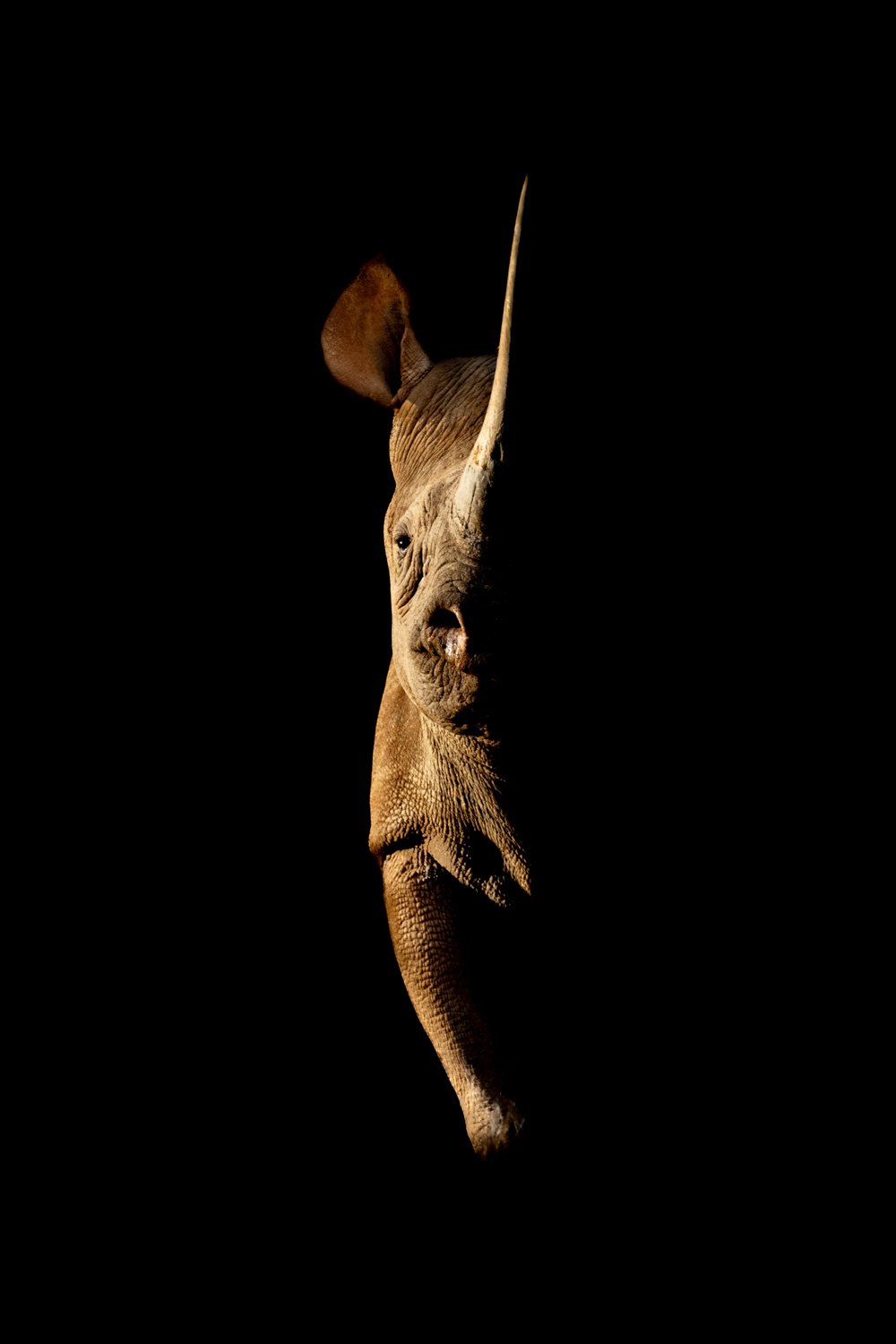
Nine Ways to Sex African Wildlife
I’m always keen to learn, but one thing I’m not very good at is working out whether safari animals are male or female. I know a few of the rules, but it’s easy to make a mistake—and that can be a bit embarrassing!
Here’s your cut-out-and-keep guide to a few of the major species. It’s not exhaustive, but it should prevent you having to refer to animals as ‘it’ all the time…
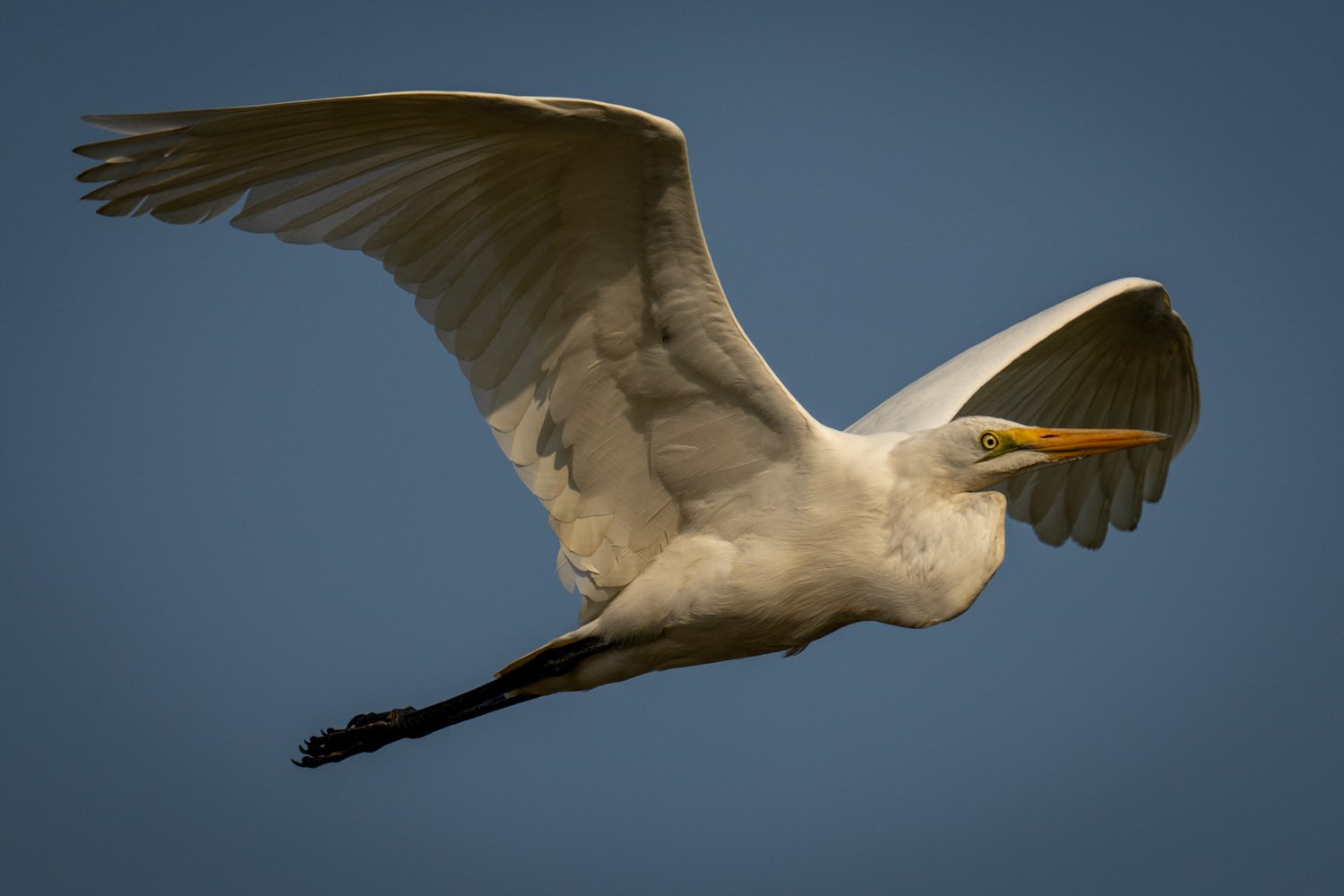
Four Ways to Photograph African Birds in Flight
Most people prefer wildlife action shots to portraits, and I’m no different. I also spend a lot of time on safari, so I end up taking quite a few pictures of African birds in flight. Even the most beautiful bird looks better on the wing than on a stick, so it’s worth the wait! Here are a few tips to help you get the best possible results—depending on the size of the bird.
